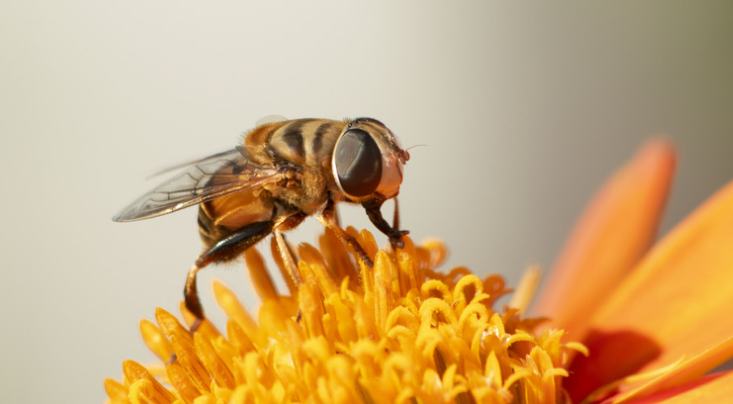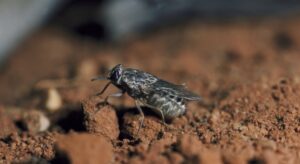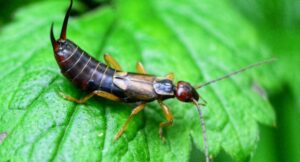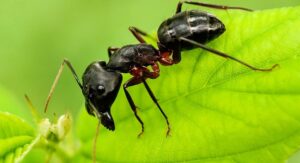As the temperature starts rising from the lowest, we are entering spring. Flies are one of the major problems faced by all homes and industries, irrespective of climatic change. Especially spring is the season for pests and insects to enter your home, or if you have pest infestations already, they will come out and roam around your place. Different types of flies are attracted to food and shelter and are the major cause of many diseases. In this article, we will discuss the Fly Management for Homes.
How to identify each group of flies?
There are different types of flies, and all are so tiny that it is advisable to have any tentative identification confirmed by a pest management specialist. They might need to bring specimens back to their office to be examined under a microscope for a valid ID.
Fruit flies
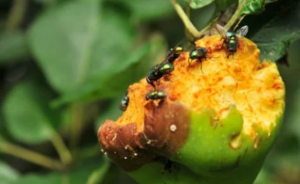
Fruit flies can grow up to 3mm in length. Depending on the species, they range in hue from drab tan to yellowish to brownish black, and their eyes range from bright red to dark reddish brown.
Scuttle flies
Scuttle fllies have a highly distinctive humpback appearance, around 0.3 to 6mm long when viewed from the side. Black, dark, or somewhat yellowish are their colours. An energetic, unpredictable behaviour is to run around.
Drain or Moth Flies
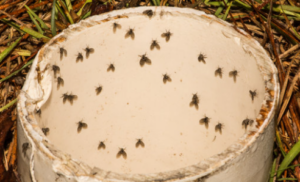
Drain flies are quite little and fuzzy in appearance, measuring roughly 1.5 to 4.7mm in length. Depending on the species, they can range from yellowish to brownish-grey to blackish. Their wings have hairy borders and are generally oval-shaped.
Dark Winged Fungus Gnats
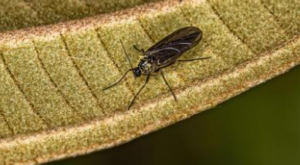
Dark-winged fungus gnats resemble mosquitoes in that they are approximately 0.7 to 11mm in length, thin, and long-legged. Typically, they are black in hue.
Why Flies are the Major Concerns to Avoid?
Since these flies grow in damp, decomposing organic matter such as that found in drains, mop heads, sewage, etc., they may pose a health risk as potential mechanical disease vectors. The larvae of humpbacked flies have also been discovered in open wounds on humans. So, it is important to know that flies are dangerous to humans and take proper action to eliminate them.
Reproduction rate of flies
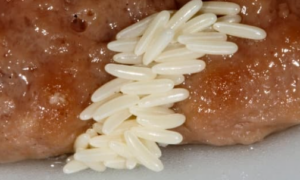
Most of these flies can mature from an egg to an adult in the summer in 7 to 28 days. Female vinegar or fruit flies lay an average of 500 eggs per clutch, hatching in 6–10 days. Female phorid, humpbacked, or scuttle flies can lay up to 740 eggs, which, depending on the species, take 11–28 days to hatch. Depending on the species, drain or moth fly females lay 30 to 100 eggs and take 7 to 28 days to mature. Other than the fact that, depending on the species, several to many generations each year are usual, nothing is known about the biology of dark-winged fungus gnats.
Fly Management Tips for Homes
- Apply an aerosol pesticide formulation to certain rooms as the package directs, but don’t use too much.
- Determining the flies is essential to identifying the source of the infestation.
- You can use small traps for harvesting some fly species.
- Use pesticides for larger infestations, but ensure you use an authorised product.
- Eliminating the biofilm accumulated in the sewers where numerous of these insects breed.
If you are unaware of using pesticides and other DIY control methods, hire a professional pest control service. The professional experts will conduct a proper control treatment that includes various processes like identifying, monitoring and eliminating flies.


